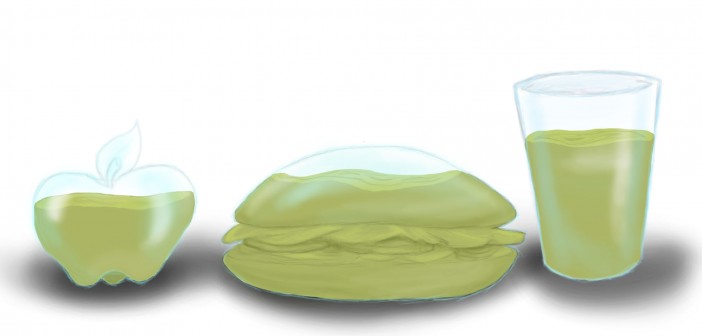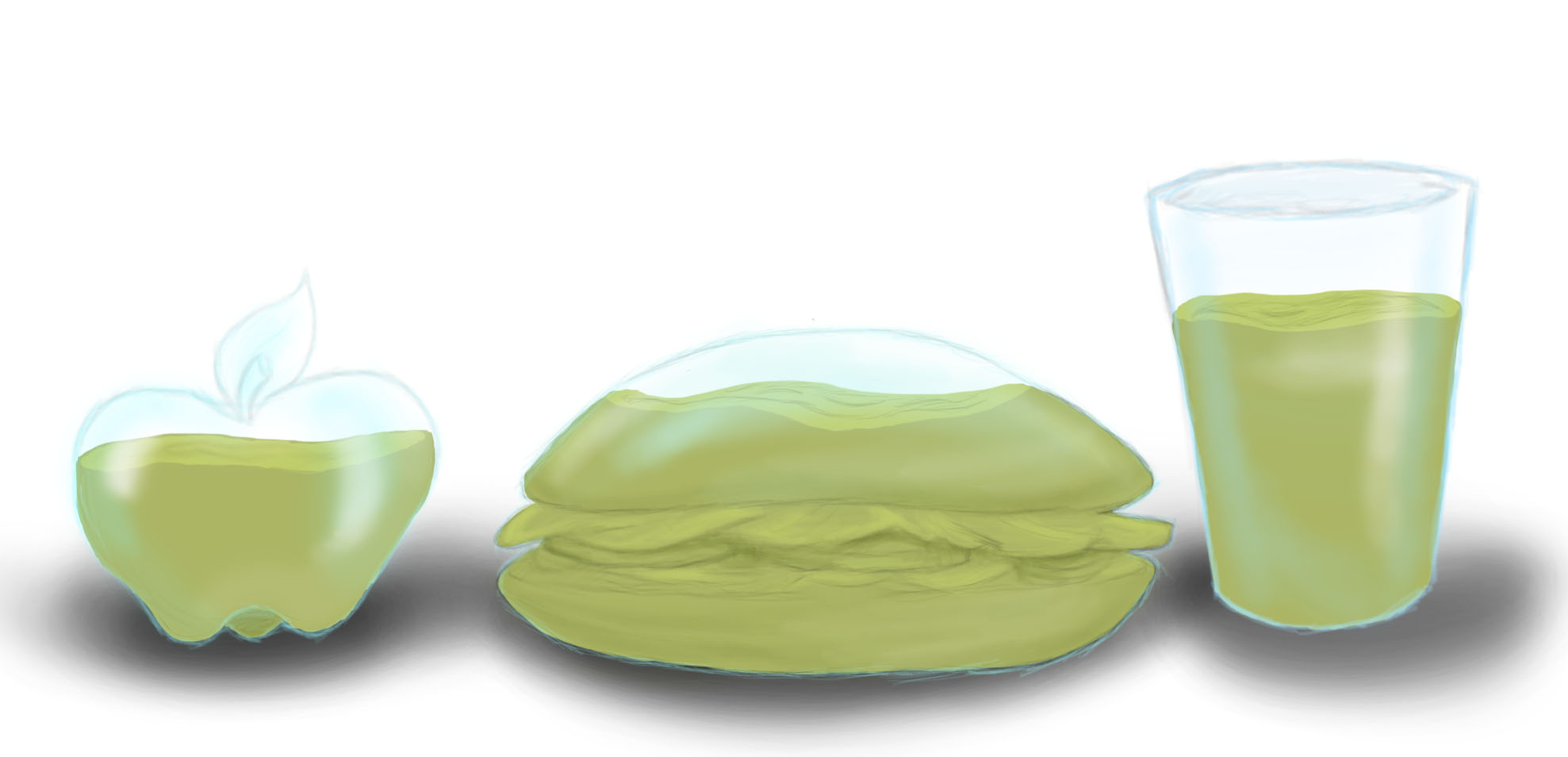
A gooey, pale green substance could soon change our world. No, it’s not Flubber. It’s the open source nutritional drink known as Soylent, named after a campy science fiction movie.
More importantly, it’s what some activists are hoping to use as a solution to world hunger.
The drink is a mixture of water and a nutrient-dense paste that theoretically provides a balanced diet.
I can attest that it tastes foul. However, it is primarily marketed to those on the go, who would otherwise resort to fast food, and those on a budget. The makers are particularly proud of its low cost. It could feed a family for a week for less than $200.
And there is something appealing about the idea of never having to worry about what to eat; a person could theoretically rely on Soylent for nutrition, and then only eat for enjoyment.
Unfortunately, the drink so far hasn’t lived up to its promise. The taste and liquid form of the diet quickly grates on the consumer. While many hope Soylent would at least be sufficient for those suffering starvation, the lack of chewing appears to risk proper development.
Most importantly, the powder has to be mixed with clean water, which is difficult to find in much of the third world.
In America, liquid diet fads are frequent occurrences. While Soylent doesn’t aim for weight loss, it is a part of the same ideology. Liquid diets just seem easier. They claim to pack in nutrients with appropriate calories and are able to be eaten on the road.
The Nutrisystem shakes at least manage to taste good. But few people would willingly live their whole lives never chewing again. And so, when people switch back to solid food they inevitable regain any weight lost or go back to improper nutrient composition.
Soylent doesn’t seem to have filled a niche we have in this country. The last thing Americans need is more time to focus on enjoying food.
We appear to enjoy it far too much as it is. For a country that loves to super size itself, there’s certainly a risk the Soylent would just accompany the Big Mac instead of replace it.
Soylent will have to go abroad to be put to use. Although, if concerns are justified, it still has ways to go before it can be implemented.
What we should appreciate about this concoction is that it’s a step away from conventional food practices; coupled with cultured meats, grown in labs, it could be the beginning of a world free of hunger and perhaps less dependent on environmentally damaging crops and herds.
Spencer Pretecrum is a senior majoring in psychology and creative writing.






